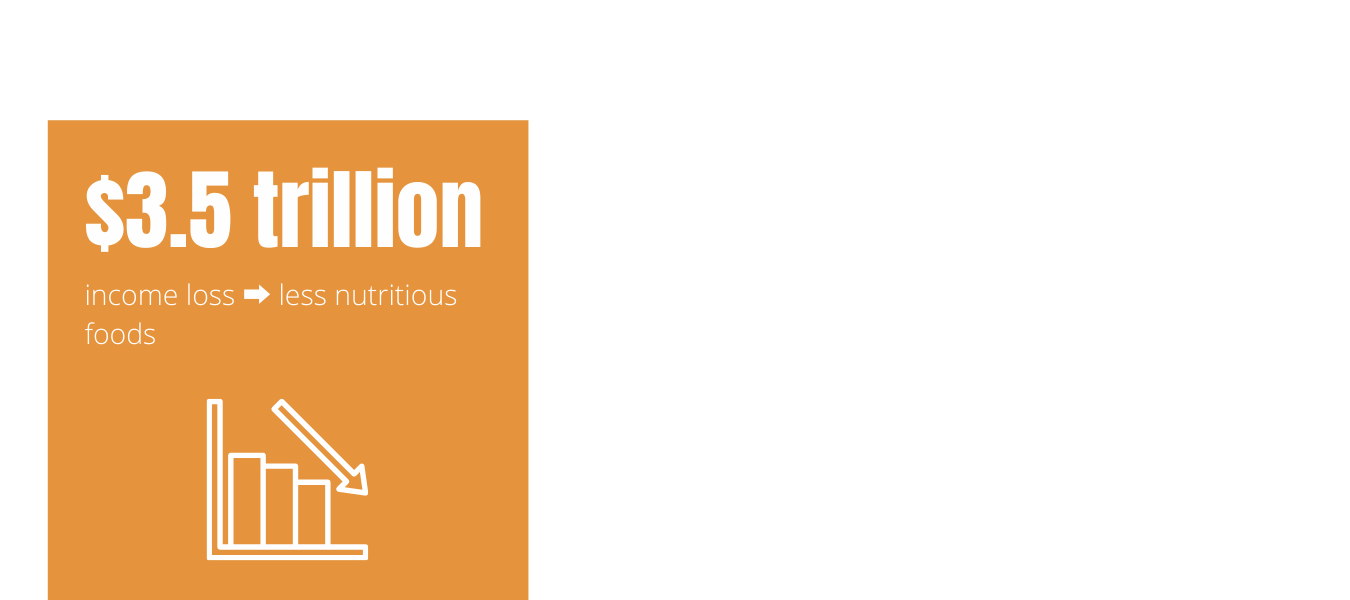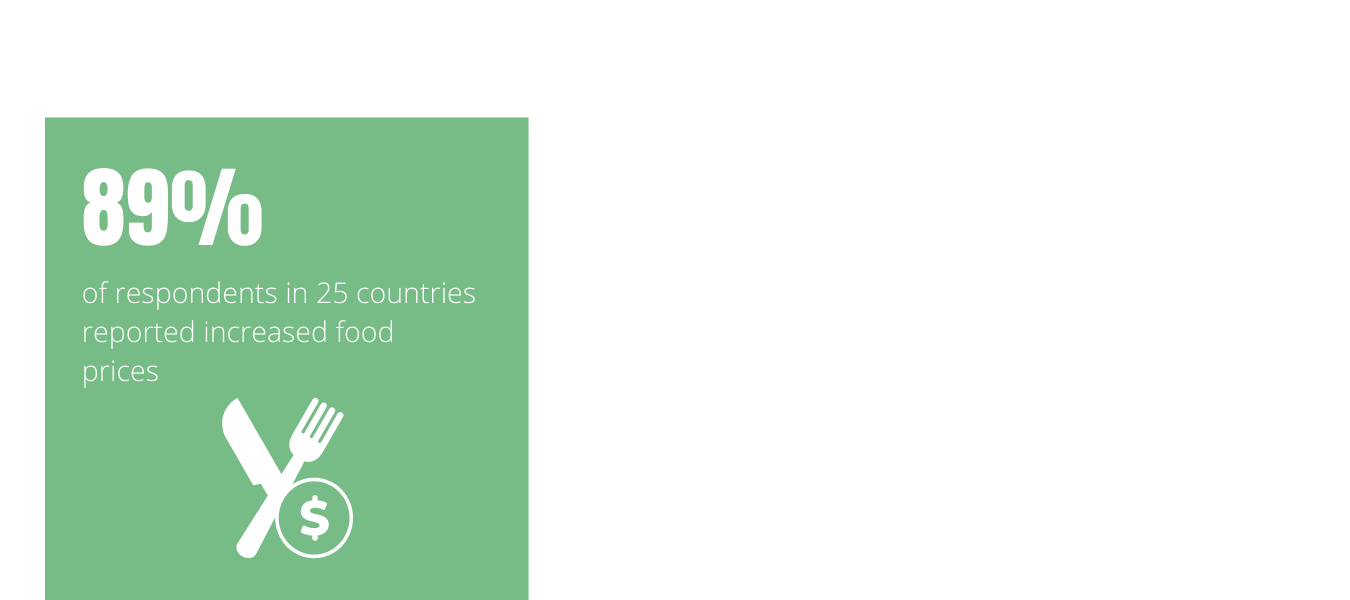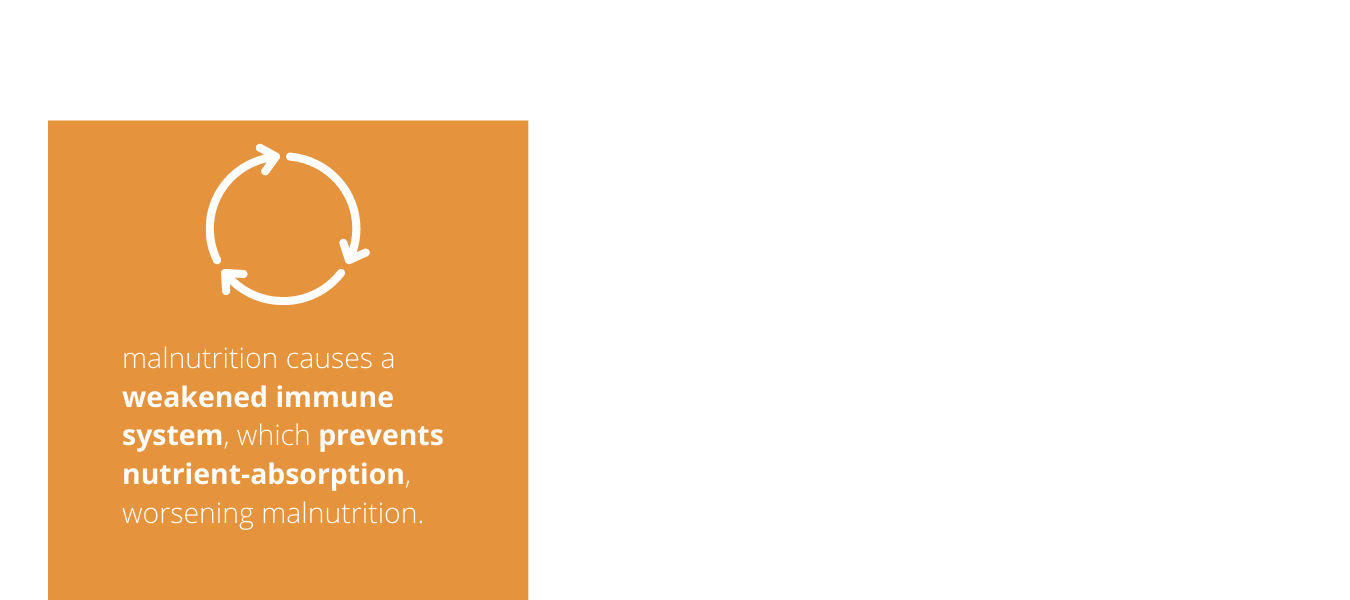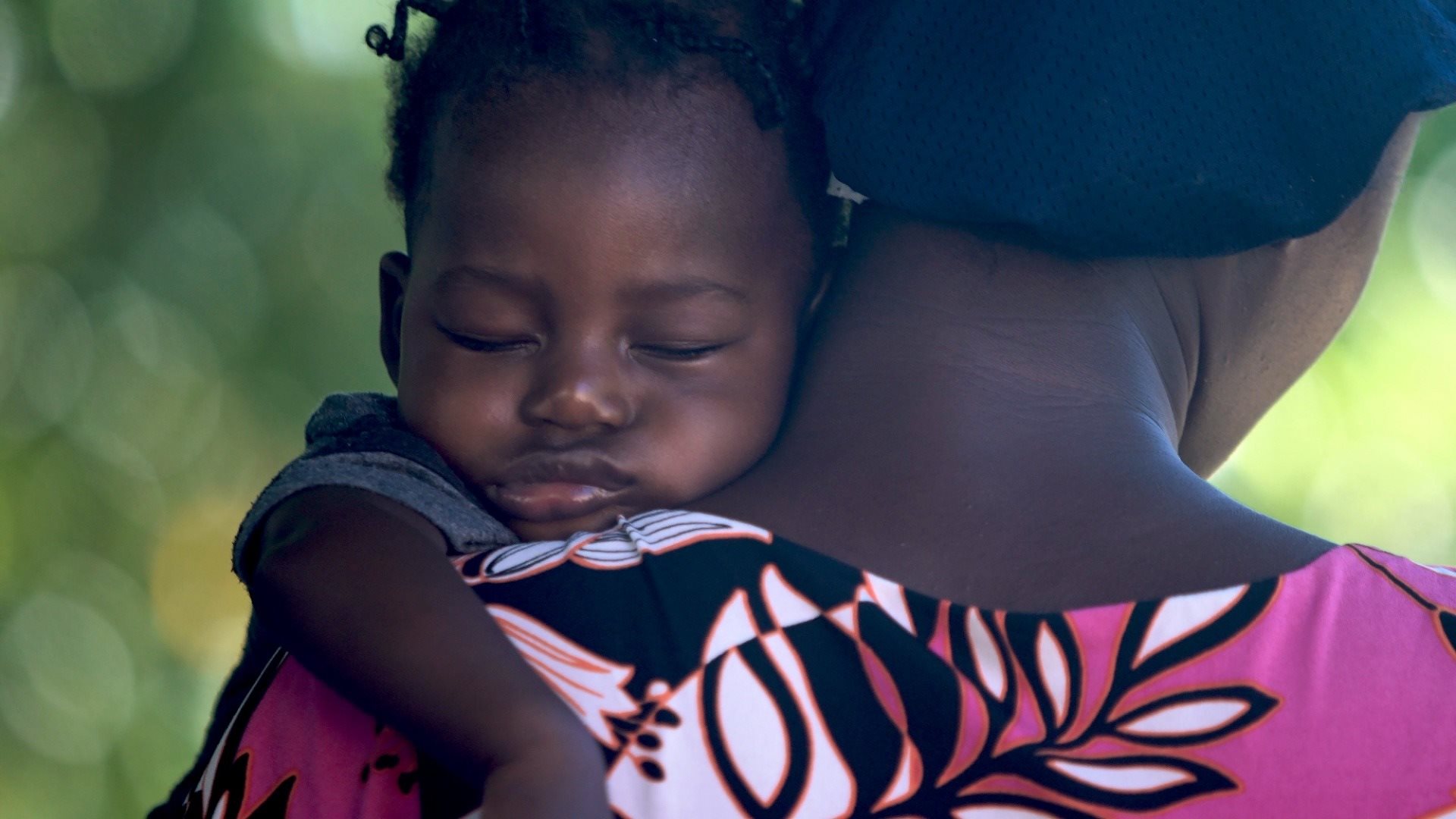Impact of Covid-19 on malnutrition
From 1990 to 2020, the number of children under 5 years suffering from chronic malnutrition has decreased from 253 million to 144 million – that means that an additional 109 million children could reach their full potential.
It is estimated that COVID-19 will result in an additional 2.6 million chronically malnourished children by 2022, reversing the decreasing curve for the first time in 3 decades.
Sources:
As the COVID-19 crisis continues to spread across the world with a heavy toll on human lives and livelihoods, the pandemic’s effect on millions of people who are already suffering from hunger and malnutrition is devastating.
Number of chronically malnourished (stunted) children under 5

How does COVID-19 “affect” malnutrition?

1. Income loss
A diet that covers a person’s basic nutritional requirements costs on average only US$2.3 per day globally. And yet before the pandemic, a staggering 1.5 billion people around the world could not afford it. The International Labour Organization (ILO) estimates labour income losses amounted to $3.5 trillion (5.5% of global GDP) in the first three quarters of 2020. This does not include nearly 1.6 billion workers in the informal economy significantly impacted by the crisis. In Africa only, wages for informal workers risk falling by more than 80%. With losses of income, nutritious foods - often more expensive - are the first to be cut out of family diets. This is especially worrisome for the poorest people, who often rely on daily wages from informal labor and have little to no savings.
2. Supply chain disruptions
Disruptions in the food supply chain and market closures have impacted farmers ability to sell food and people’s ability to buy food. In a survey conducted by the International Committee of the Red Cross among vulnerable communities in 25 countries, 89% of respondents reported increased food prices in their local markets. Furthermore, nation-wide school closures have deprived children of school meals, the only source of nutrition for many of them. The delivery of humanitarian and development programs has also been adversely affected by movement restrictions, especially community-based programs which require meeting face-to-face, as is the case for programs that aim to improve nutrition behaviors.
3. Strained health systems and access to services
In a context where the pandemic has both overloaded health centers and rendered many reluctant to go to the doctor for fear of catching the virus, the malnutrition vicious cycle can quickly become lethal. Indeed, malnutrition weakens the immune system. In turn, a weakened immune system prevents nutrient-absorption, worsening malnutrition.












GET INVOLVED

